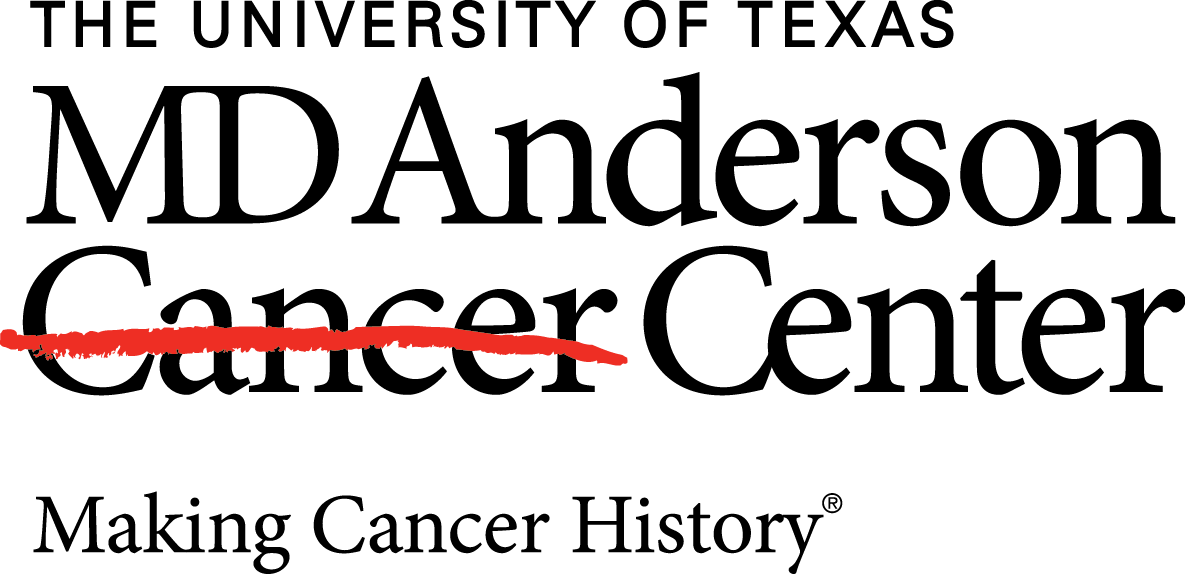
It's 'Just the Beginning' of Exciting Brain Cancer News

Researchers are working on a way to spark the immune response against glioblastoma, making the nurses’ role in treatment even more important.
As immunotherapy is shaping the treatment landscape for many other cancers, it continues to lag in the field of glioblastoma (GBM). However, according to recent research conducted by researchers at The University of Texas MD Anderson Cancer Center, there may be hope on the horizon.
In their pre-clinical studies, the researchers found that the fibrinogen-like protein 2 (FGL2) may be a key step in sparking an
“What this paper is telling you is that although immune checkpoint inhibition may not be a therapeutic strategy as a single therapy in glioblastoma, there are other immune suppressive targets that may be of high value in other types of malignancies like FGL2,” said Amy Heimberger, MD, study author and professor in the Department of Neurosurgery at MD Anderson.
Dealing with T cells is not enough when it comes to GBM treatment, since there typically are not many T cells in GBM tumors, and those that are present tend to be “exhausted,” Heimberger said. But FGL2 acts as a “hub” that affects many other actions of tumor-mediated immune suppression, including T-regs, immune checkpoints, and myeloid suppressor cells.
“You have to really go after these key hubs of tumor-mediated immune suppression. So, if you hit FGL2 therapeutically, then you should get downregulation of T-regs and checkpoints and myeloid suppressor cells and immune suppressor macrophages,” Heimberger said.
Through exciting breakthroughs like these, oncology nurses will continue to play a key role in the treatment of patients with GBM by educating them about new treatment options and clinical trials, and encouraging them to be seen at an academic institution where care teams are likely to have seen many more cases of the disease than their counterparts in the community setting.
Once patients are seen by brain cancer experts, the oncology nurse can also take lead in ensuring that their patients get the best possible care.
“One of the services that oncology nurses can certainly serve is making sure that patients and their families really reach out to academic centers of excellence and to make sure that there are really the best strategies being implemented for their patients,” Heimberger said. “I think certainly having at least one or two visits with an expert to review their case, to help them understand their options and (to learn more about) clinical trials is a huge service that the nurses could make sure that those patients have done this.”
While these findings are promising, research in FGL2 is only just beginning, and Heimberger and her team are looking forward to continuing this line of research.
“We're going to be targeting other types of immune cell populations, and it's not going to just be about antibodies, which is currently FDA approved, targeting a single immunosuppressive hub,” she said. “It's just the beginning.”
Newsletter
Knowledge is power. Don’t miss the most recent breakthroughs in cancer care.
















































































